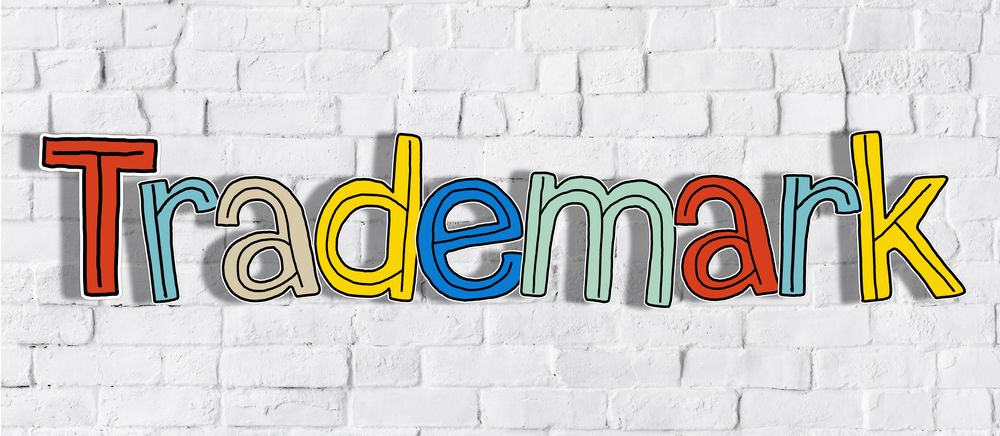Navigating the Maze: Understanding Trademark Infringement and Fair Use
Trademark Infringement: The Basics To the untrained eye, trademark infringement might seem straightforward, but it's a complex area of law. Trademark infringement happens when one party uses a trademark identical or closely similar to a trademark owned by another party in a way that can cause confusion about the origin of goods or services. Several factors come into play when determining infringement, such as the similarity of the marks, the relatedness of the goods/services, and the channels of trade and advertising. Fair Use: A Double-Edged Sword The concept of 'fair use' is another intriguing facet of trademark law. It refers to the limited use of a protected trademark without needing the owner's permission. Fair use is categorized into two types: descriptive and nominative. Descriptive fair use lets someone use a trademark to describe their own products, while nominative fair use allows someone to use a trademark to point to the trademark owner's actual goods or services—for example, for comparative advertising, criticism, or parody. However, pinpointing whether a specific case falls under fair use often mandates meticulous legal scrutiny. Trademark Dilution: Guarding Fame Another layer of complexity is added by trademark dilution. This happens when a third party uses a famous trademark in a way that could diminish its uniqueness or tarnish its reputation, even if there's no likelihood of confusion. International Trademark Law: A Global Challenge The complexities of trademark law go beyond national boundaries. Different countries have different rules and procedures for registering and protecting trademarks. Understanding how to shield a trademark on an international scale can be a formidable task. Online Trademark Issues: The Digital Frontier Finally, with the digital revolution, a new set of complications related to trademarks has arisen. Issues related [...]






